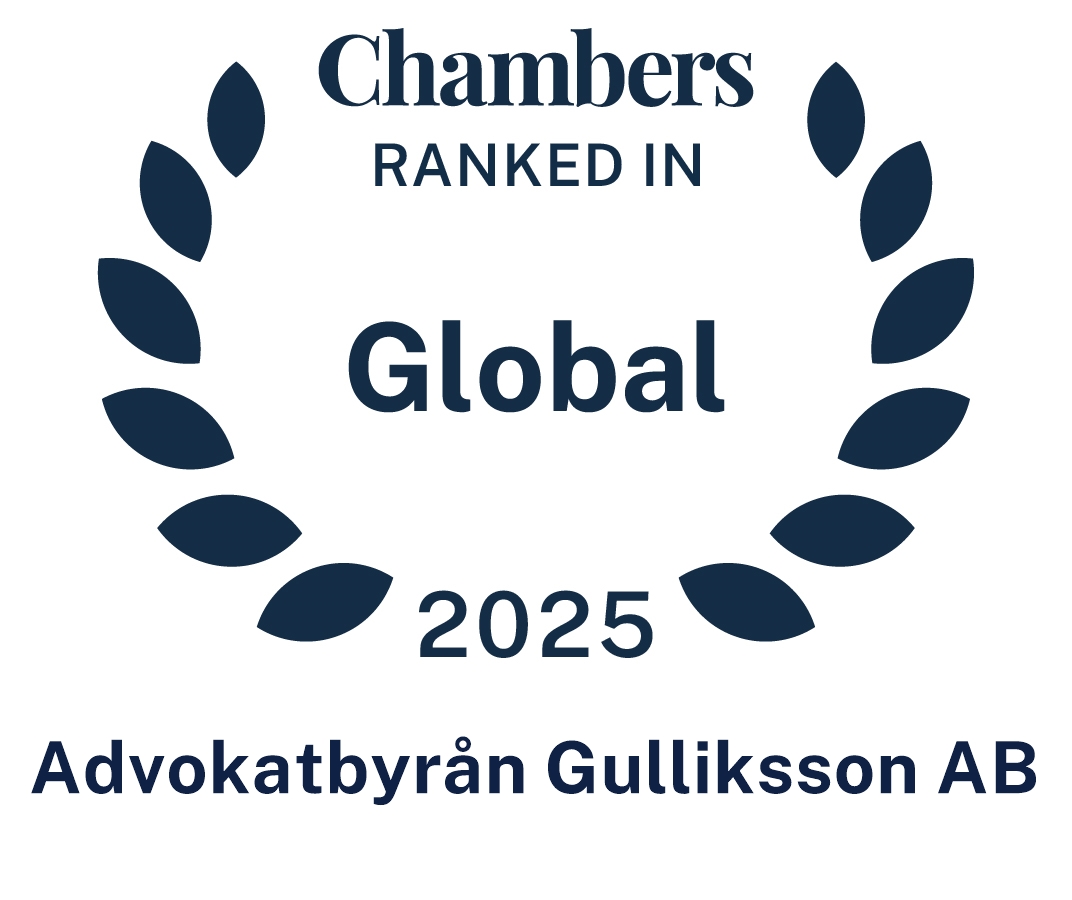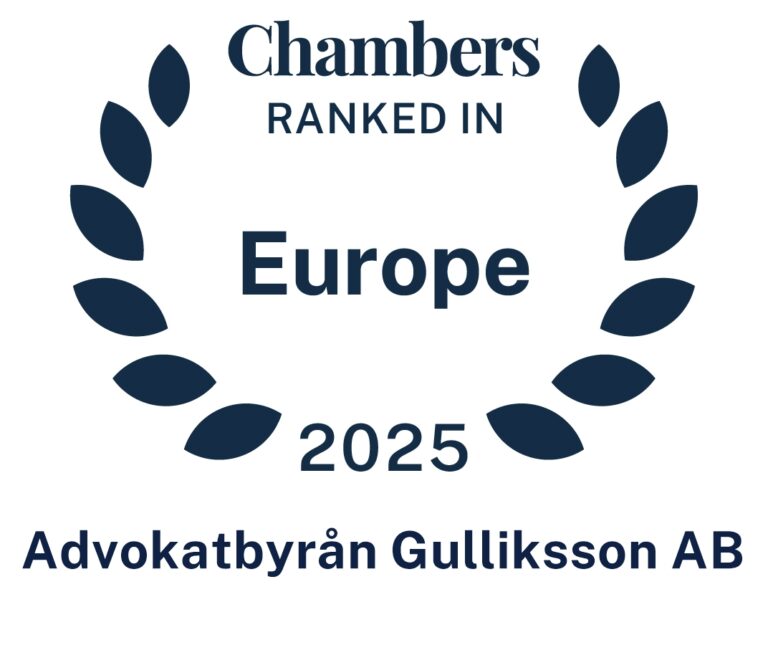The Unitary Patent system, including Unified Patent Court and the Unitary Patent, will soon come into force – here is an overview of the costs after grant.
Current situation after grant
After grant, a European patent can be registered in up to 38 countries through a process called validation, which is performed at national patent offices. These 38 countries include all EU member states and a number of additional states, such as the UK, Norway, Switzerland, and Turkey.
The process of validating a patent usually begins once the mention of grant has been published, and the requirements depend on the country in which the proprietor wishes to register their European Patent. After validation, and in order to maintain the registration, the proprietor is required to pay annual renewal fees to each national office where the patent is validated.
On average, European patents are validated in 4 countries, usually including the UK, France, and Germany. The next most popular country for validation is Italy, followed by the Netherlands, Spain, Switzerland, Belgium and Sweden.
What will change with the Unitary Patent?
From the onset of the political discussions around the “EU patent”, there was an intent to both simplify the procedure for obtaining a European patent covering the whole EU (similarly to the EU trademark and design registrations already available) and to reduce the costs involved after grant, including renewal fees.
Therefore, it was decided that only one annual renewal fee would be due for a Unitary Patent, to be paid to the European patent office. In addition, there will be no fee for requesting registration of the Unitary Patent.
The level of this single renewal fee was further decided to be equal to the “four top states” at that time, including the UK. This meant that, for a cost equal to around four national renewal fees, a proprietor would have coverage in all states participating in the Unitary Patent system (potentially 25 states). The fees have thus been set at a very competitive level and should be particularly attractive for small and medium sized companies.
Will the new system be financially beneficial?
Unfortunately, the answer is “it depends”. Let’s look at two different scenarios:
In the first scenario, the proprietor normally validates in Germany, France and the UK, and one additional country. By choosing the Unitary Patent, the Proprietor will now have to pay “4”+1 renewal fees, as the UK is not part of the Unitary Patent system. If the additional country is also not part of the Unitary Patent system, this becomes “4”+2. In this case, a traditional validation at each national office would be more cost effective.
In the second scenario, the proprietor normally validates in Germany, France, the UK, the Netherlands, Italy, Sweden, Denmark, and Spain. In this case, “4”+2 renewal fees will be due, as Spain is also not part of the Unitary Patent system. In contrast, the traditional validation route would require 8 renewal fees to be paid. In this case, a Unitary Patent with two national validations would be more cost effective.
Sofia Willquist, European Patent Attorney, Qualified as certified litigator before the UPC
Read our first two articles on this here – ”The Unitary Patent system: Opting out – a decision to start considering” and ”UP and UPC are about to happen (again)”
The Unitary Patent and the Unified Patent Court
Joint expertise and resources to help you navigate the new system and choose the right strategy.
As our client you will benefit from our long-standing collaboration with Ström & Gulliksson, a European patent firm with substantial knowledge of Swedish, European and international patent law. We jointly, and successfully, represent clients in national and international patent proceedings. With our top tier patent litigators and top tier patent attorneys you will reap considerable strategic and competitive benefits.
To find out more about UP and UPC, please contact:







